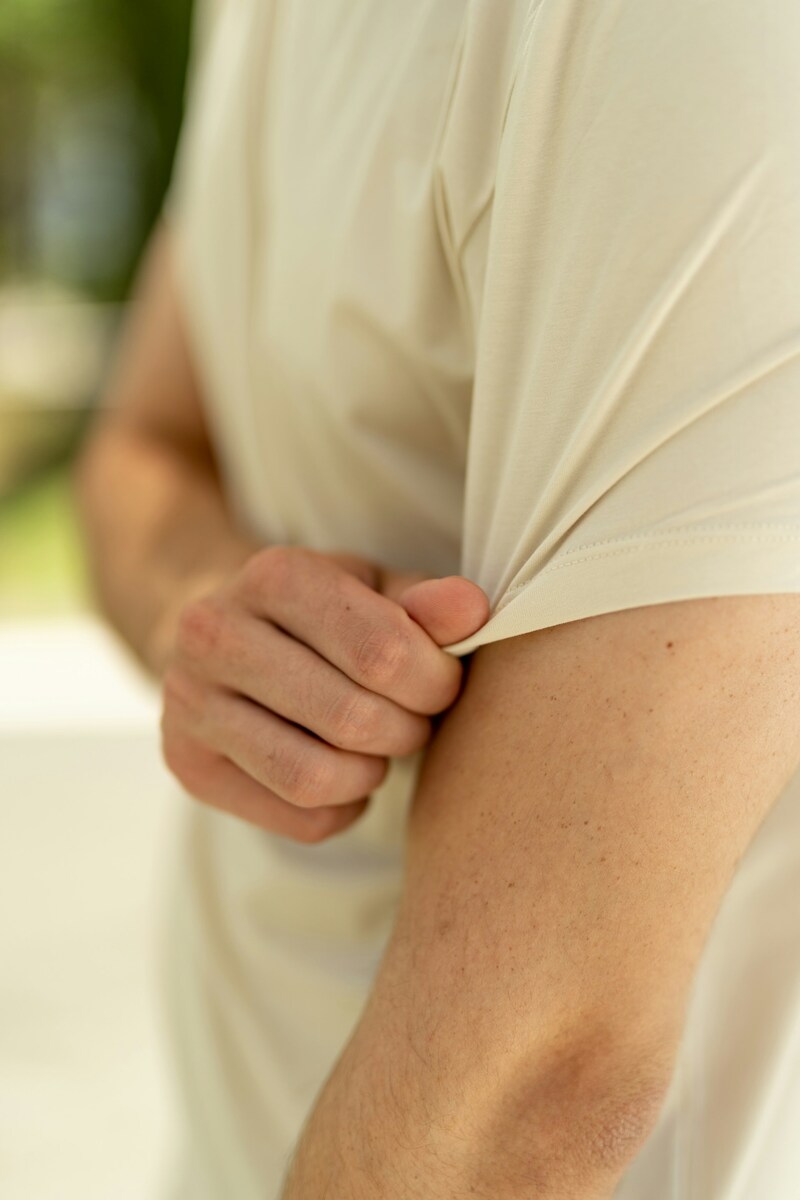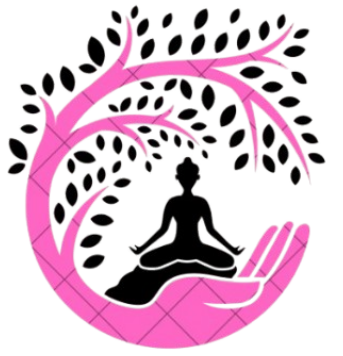Golf/Tennis Elbow Therapy

Golf and tennis elbow therapy involves a thorough approach tailored to alleviate pain and restore function. Clinicians rely on evidence-based practices, utilizing a combination of medical interventions, physical therapy, and lifestyle adjustments. The focus is on reducing inflammation, strengthening the forearm, and preventing further strain on tendons. By understanding underlying causes and implementing targeted strategies, patients can achieve long-term relief. The intricacies of each therapy component unfold with further exploration.
Understanding the Causes and Symptoms
Understanding the causes and symptoms of both golf and tennis elbow is essential for effective management and treatment. These conditions, medically termed medial and lateral epicondylitis respectively, arise from repetitive strain injuries affecting the tendons of the elbow. Risk factors include repetitive wrist and arm motions, poor technique in sports, and occupations requiring frequent elbow use. Symptoms typically involve pain and tenderness around the elbow, impacting grip strength and daily activities. Evidence-based approaches to pain management emphasize rest, ice application, and ergonomic adjustments to reduce strain. Anti-inflammatory medications and physical therapy are recommended to promote recovery and prevent recurrence. Understanding these elements allows healthcare providers to tailor interventions that not only alleviate symptoms but also address underlying causes, ensuring patient-focused care.
Diagnosis and Assessment Techniques
Accurate diagnosis of golf or tennis elbow involves a thorough physical examination to assess tenderness and pain localization. Imaging techniques, such as ultrasound or MRI, may be utilized to confirm the diagnosis and rule out other conditions. Identifying underlying causes is essential for tailoring effective treatment strategies and preventing recurrence.
Physical Examination Methods
When evaluating conditions like golf and tennis elbow, a thorough physical examination is essential for accurate diagnosis and effective treatment planning. Clinicians employ palpation techniques to localize tenderness around the lateral or medial epicondyles. Range assessment is conducted to determine joint mobility and identify functional limitations. The examination may involve resisted wrist and finger extension to reproduce pain, helping in differentiating between lateral and medial epicondylitis. Precise documentation of these findings aids in developing a targeted treatment strategy.
| Examination Component | Purpose |
|---|---|
| Palpation Techniques | Identify tender areas |
| Range Assessment | Evaluate joint mobility |
| Resisted Wrist Test | Differentiate pain sources |
| Finger Extension | Confirm epicondylitis |
| Documentation | Guide treatment planning |
Imaging and Tests
In many cases, imaging and diagnostic tests are essential for confirming the presence and severity of golf and tennis elbow. MRI imaging provides detailed views of soft tissues, including tendons and muscles, allowing clinicians to assess the extent of any degenerative changes or tears. This high-resolution technique is particularly valuable when the clinical examination suggests more severe conditions. Ultrasound tests offer a dynamic and real-time evaluation of the affected elbow, enabling the visualization of tendon movement and blood flow, which can be indicative of inflammation or other abnormalities. These tests are non-invasive and can be repeated over time to monitor the progress of therapy. By utilizing these advanced imaging techniques, healthcare providers can tailor treatment plans effectively to a patient’s specific needs.
Identifying Underlying Causes
Determining the underlying causes of golf and tennis elbow involves a thorough approach that integrates patient history, physical examination, and specialized assessment techniques. This multifaceted evaluation considers factors such as chronic overuse, muscle imbalances, and improper technique. Repetitive strain and joint instability are examined, while psychosocial factors provide insight into patient-specific stressors. Clinicians assess ergonomic adjustments and recommend activity modifications as preventive measures. A detailed understanding aids in tailoring effective therapy strategies.
| Key Factor | Assessment Technique | Intervention |
|---|---|---|
| Chronic Overuse | Patient History | Activity Modifications |
| Muscle Imbalances | Physical Examination | Targeted Strengthening |
| Improper Technique | Biomechanical Analysis | Technique Correction |
| Repetitive Strain | Functional Testing | Ergonomic Adjustments |
| Joint Instability | Imaging and Joint Assessment | Stabilization Exercises |
This evidence-based approach prioritizes patient-focused care.
Medical Interventions and Treatments
Although tennis elbow and golf elbow are common ailments affecting individuals who frequently engage in repetitive arm movements, medical interventions and treatments are essential in managing symptoms and facilitating recovery. Effective pain management typically begins with nonsteroidal anti-inflammatory drugs (NSAIDs) to reduce inflammation and alleviate discomfort. In more severe cases, corticosteroid injections may be administered directly into the affected area to provide temporary relief. Beyond pharmacological approaches, some patients may benefit from medical procedures such as platelet-rich plasma (PRP) injections, which promote healing through the concentration of growth factors. In rare instances where conservative methods prove ineffective, surgical intervention might be considered to repair damaged tissues. Each treatment plan is tailored to the patient’s specific condition, ensuring evidence-based and patient-focused care.
Physical Therapy and Rehabilitation Exercises
Engaging in targeted physical therapy and rehabilitation exercises plays an essential role in the recovery process for individuals suffering from tennis or golf elbow. These rehabilitation techniques are designed to alleviate pain and restore functionality by strengthening the muscles of the forearm and improving flexibility. Evidence-based exercise routines typically include wrist flexor and extensor strengthening, forearm pronation and supination, and grip exercises. Stretching exercises are also emphasized to enhance range of motion and prevent stiffness. Physical therapists tailor these exercise routines to fit the specific needs and progression of each patient, ensuring a patient-focused approach. By adhering to a structured plan, individuals can effectively reduce symptoms and promote healing, ultimately facilitating a return to normal activities and improved quality of life.
The Role of Bracing and Support Devices
In addition to physical therapy and rehabilitation exercises, bracing and support devices serve as valuable components in the management of tennis and golf elbow. These interventions are clinically recognized for their ability to alleviate symptoms by reducing strain on the elbow tendons. Bracing techniques, such as counterforce braces, help redistribute pressure away from the affected area, facilitating healing and preventing further injury. Evidence-based studies indicate that these support devices can markedly improve pain and functionality in patients. Proper fitting and usage of braces are essential to optimize their therapeutic benefits. Healthcare providers often recommend a combination of bracing and individualized treatment plans to guarantee thorough care. Patient adherence to wearing these devices can enhance recovery outcomes, promoting long-term elbow health.
Innovative Therapies and Cutting-Edge Technologies
Recent advancements in shockwave therapy offer promising outcomes for individuals suffering from golf or tennis elbow, providing targeted relief by stimulating the body’s natural healing processes. Additionally, wearable recovery devices are emerging as a crucial component in rehabilitation strategies, offering real-time data and personalized feedback to enhance recovery. These innovations represent significant strides in the management of tendon-related injuries, emphasizing patient-centered care and evidence-based practice.
Shockwave Therapy Advancements
As the medical community continues to explore innovative approaches for treating musculoskeletal conditions, shockwave therapy has emerged as a promising advancement in the management of golf and tennis elbow. This non-invasive treatment utilizes acoustic waves to promote healing by stimulating cellular activity and enhancing blood circulation. The shockwave mechanisms are thought to accelerate tissue regeneration and reduce pain, providing a viable alternative to more invasive interventions. Clinical studies have highlighted the treatment efficacy of shockwave therapy, with patients often experiencing significant improvements in function and pain relief. In addition, the procedure is well-tolerated, with minimal side effects. As research progresses, shockwave therapy continues to gain traction as an effective, evidence-based option for individuals seeking relief from chronic elbow pain.
Wearable Recovery Devices
Revolutionizing the field of musculoskeletal rehabilitation, wearable recovery devices have emerged as a pioneering approach in the management of golf and tennis elbow. These wearable technologies offer targeted support and therapeutic interventions tailored to individual needs. By utilizing biomechanical sensors, they provide real-time feedback on muscle activity, allowing for precise adjustments in treatment protocols. Clinical studies have demonstrated their efficacy in reducing pain and enhancing recovery times, making them a valuable addition to traditional therapies. Patients benefit from increased mobility and reduced reliance on pharmacological interventions, ultimately improving quality of life. As evidence-based solutions, these recovery devices are gaining traction among healthcare providers, offering a non-invasive, patient-centered option in the continuum of care for elbow rehabilitation.
Nutritional and Lifestyle Considerations
While managing golf or tennis elbow, integrating nutritional and lifestyle modifications can considerably contribute to the healing process and overall joint health. Dietary supplements, such as omega-3 fatty acids and vitamin D, play a significant role in reducing inflammation and promoting joint repair. Evidence suggests that antioxidants found in foods rich in vitamins C and E may also mitigate oxidative stress, enhancing recovery. Moreover, lifestyle modifications are essential to support treatment outcomes. Adopting a balanced diet and maintaining an appropriate body weight reduce the mechanical load on affected joints. Regular, low-impact physical activity enhances circulation and speeds up recovery while minimizing strain. Patients should be advised to avoid repetitive strain activities, allowing for adequate rest and rehabilitation of the affected area.
Home Remedies and Self-Care Strategies
In addition to nutritional and lifestyle modifications, incorporating home remedies and self-care strategies can further support the management of golf or tennis elbow. Applying ice packs intermittently for 15-20 minutes can reduce inflammation and alleviate pain. Elevating the affected arm above heart level aids in decreasing swelling. Compression using an elastic bandage provides additional support and enhances circulation. Gentle stretching exercises, focusing on the forearm, improve flexibility and prevent stiffness. Natural remedies, such as topical capsaicin cream, offer analgesic benefits by desensitizing pain receptors. Self care tips include ergonomic adjustments to daily activities to avoid repetitive strain. Additionally, ensuring adequate rest and avoiding aggravating movements promotes healing. These strategies, rooted in clinical expertise, can optimize recovery and enhance patient comfort.
Preventative Measures for Long-Term Health
Preventing golf or tennis elbow in the long term necessitates a strategic approach grounded in evidence-based practices. Ergonomic adjustments are critical in minimizing undue stress on the elbow. This involves optimizing workstations or sporting equipment to promote a neutral wrist and forearm position, thereby reducing strain on the tendons. Activity modifications are equally essential, including altering techniques in sports or daily activities to avoid repetitive forearm motions. Incorporating regular strengthening and stretching exercises tailored to the forearm muscles can enhance resilience and prevent injury recurrence. Evidence suggests that early recognition of symptoms and timely intervention can markedly reduce chronicity. It is imperative for individuals to remain vigilant and proactive in their approach, seeking professional guidance when necessary to guarantee sustained elbow health.
